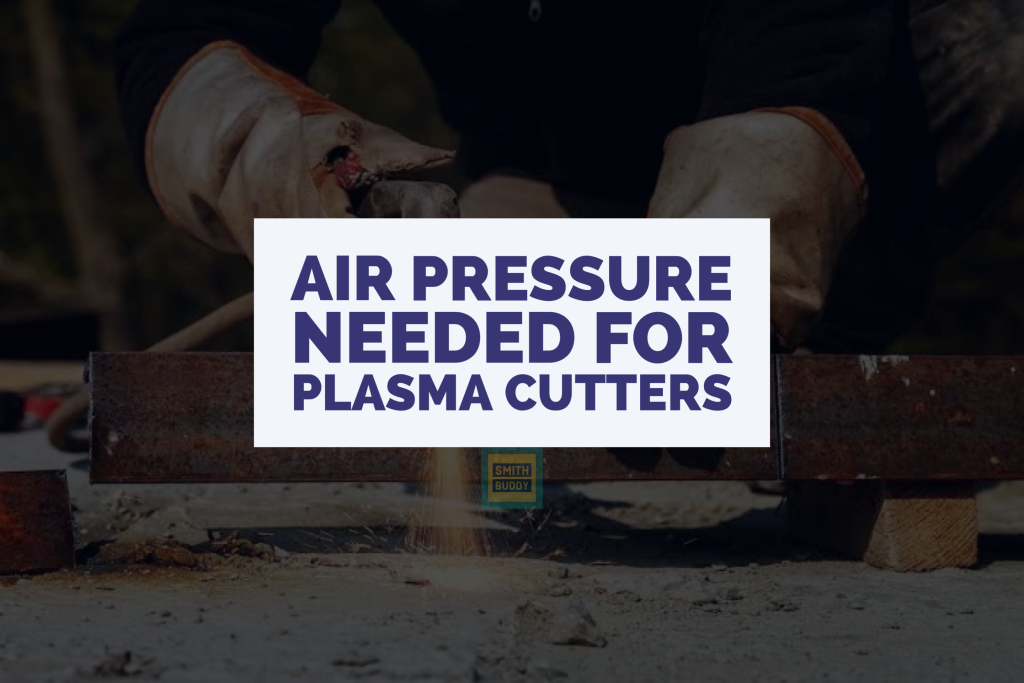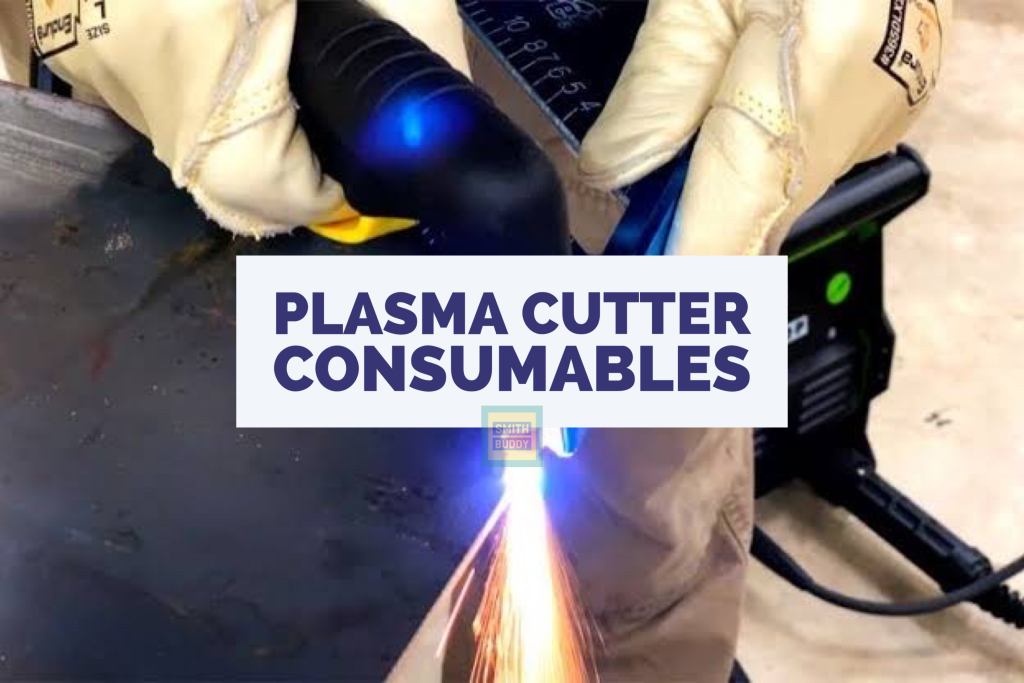When it comes to choosing the right cutting method for a particular material, it is important to consider both the properties of the material and the capabilities of the cutting equipment. Plasma cutting can be a highly effective method for cutting a wide variety of materials, but it is important to be aware of its limitations and potential hazards. By understanding the materials that should not be cut with a plasma cutter, operators can make informed decisions about which cutting method is most appropriate for each job. With proper training, equipment, and safety measures in place, plasma cutting can be a safe and effective method for cutting many different types of materials.
Materials that should not be cut by plasma cutting
Plasma cutting is a highly versatile cutting method that can be used to cut a wide variety of materials, including metals, plastics, and even some ceramics. However, there are certain materials that should not be cut by plasma cutting, as doing so can be hazardous to both the operator and the equipment.
Some materials that should not be cut by plasma cutting include:
Concrete and other masonry materials
Plasma cutting can generate high temperatures that can cause concrete and masonry materials to crack and break apart. This can create a hazardous situation for the operator and those in the surrounding area. Additionally, the concrete dust created during cutting can be a respiratory hazard for the operator and others nearby. In situations where concrete or masonry must be cut, alternative cutting methods such as waterjet cutting or diamond sawing may be more appropriate.
Glass and other brittle materials
Plasma cutting can cause brittle materials like glass to shatter and break apart, which can be dangerous for the operator and can damage the equipment. Additionally, the high temperatures generated by plasma cutting can cause the glass to warp or deform, which can affect the quality of the cut. For cutting glass, alternative methods such as laser cutting or waterjet cutting may be more suitable.
Highly reflective materials
Plasma cutting relies on an electrical arc to cut through materials, and highly reflective materials like aluminum and copper can reflect the arc and cause damage to the equipment. This can lead to decreased cutting accuracy and increased downtime for maintenance and repairs. To address this issue, specialized plasma cutting torches are available that are designed to cut highly reflective materials.
Some plastics
Plasma cutting certain types of plastics, such as PVC, can release toxic fumes that can be hazardous to the operator and those in the surrounding area. Additionally, the high temperatures generated by plasma cutting can cause the plastic to melt, creating a hazardous situation for the operator. For cutting plastics, alternative methods such as laser cutting or router cutting may be more appropriate.
Magnesium and other reactive metals
Magnesium and other reactive metals can react with the plasma gas and cause explosions, which can be extremely dangerous for the operator and those in the surrounding area. In addition, the high temperatures generated by plasma cutting can ignite magnesium and other reactive metals, creating a hazardous situation. In situations where these metals must be cut, alternative methods such as waterjet cutting or sawing may be more appropriate.
It is important to note that the above materials are not an exhaustive list, and it is important to consult the manufacturer’s guidelines and safety recommendations before using plasma cutting on any material. Additionally, proper personal protective equipment, such as gloves, eye protection, and respiratory protection, should always be used when operating plasma cutting equipment. Proper ventilation and fire suppression systems should also be in place to minimize the risk of fire and explosion. By following proper safety procedures and selecting the appropriate cutting method for each material, plasma cutting can be a safe and effective method for cutting a wide variety of materials.
Compatible Materials with plasma cutters
Plasma cutting is a highly versatile and effective cutting method that can be used on a wide variety of materials. However, some materials are better suited to plasma cutting than others. Ideal materials for plasma cutting are those that are conductive and can be easily melted and cut by a plasma arc. Here are some examples of ideal materials for plasma cutting:
- Steel: Steel is one of the most commonly cut materials using plasma cutting. It is highly conductive, which makes it ideal for use with plasma cutting equipment. Additionally, steel can be easily melted and cut by the high temperatures generated by the plasma arc.
- Aluminum: Aluminum is another material that is commonly cut using plasma cutting. While aluminum is highly reflective, specialized plasma cutting torches are available that are designed to cut through this material. Additionally, the high temperatures generated by plasma cutting can help to overcome the thermal conductivity of aluminum.
- Stainless steel: Stainless steel is another popular material for plasma cutting. It is highly conductive and can be easily cut by the plasma arc. Additionally, the high temperatures generated by plasma cutting can help to prevent the formation of burrs or rough edges on the cut surface.
- Copper and brass: Copper and brass are also ideal materials for plasma cutting. While they are highly reflective and can be difficult to cut with some cutting methods, specialized plasma cutting torches are available that can cut through these materials with ease.
- Mild steel: Mild steel is another commonly cut material using plasma cutting. It is highly conductive and can be easily cut by the high temperatures generated by the plasma arc.
In general, ideal materials for plasma cutting are those that are conductive, have a low melting point, and can be easily cut by the high temperatures generated by the plasma arc. However, it is important to consult the manufacturer’s guidelines and safety recommendations before using plasma cutting on any material, and to take appropriate safety precautions to protect yourself and others from hazards. With proper training, equipment, and safety measures in place, plasma cutting can be a safe and effective method for cutting a wide variety of materials.
Conclusion
In conclusion, while plasma cutting is a highly versatile and effective cutting method for a variety of materials, it is important to be aware of the materials that should not be cut with a plasma cutter. Materials such as concrete, glass, highly reflective metals, certain plastics, and reactive metals like magnesium can create hazardous situations for the operator and those in the surrounding area. By following proper safety procedures and selecting the appropriate cutting method for each material, plasma cutting can be a safe and effective way to cut a wide variety of materials.





